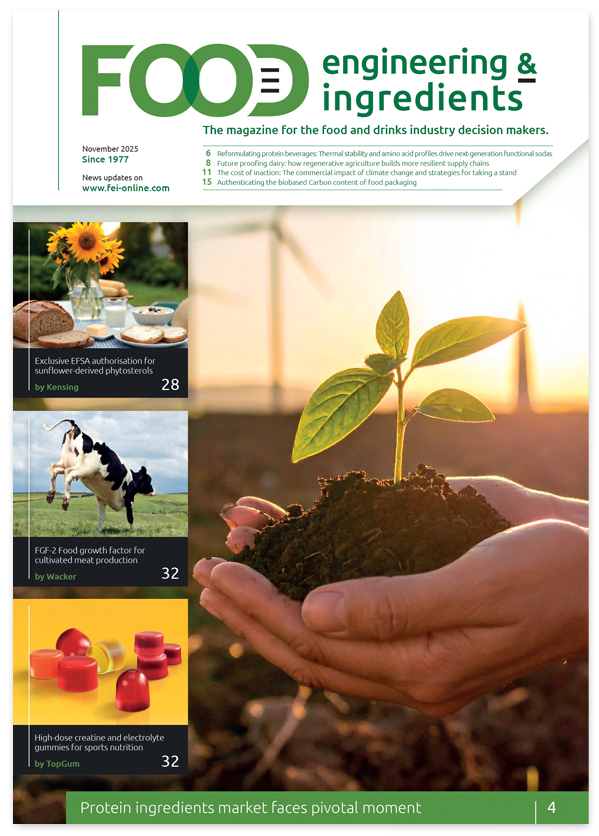Nutriswiss harnesses molecular biology to enhance sensory properties of oils and fats
Swiss ingredients specialist Nutriswiss AG is incorporating cutting-edge sensory research findings into its product and process development, aiming to optimise the sensory, functional, and physiological properties of oils and fats.

Martin Maeder
Molecular insights driving innovation
In a move that underscores the growing importance of sensory science in food product development, Nutriswiss AG, a leading Swiss specialist in sourcing and processing high-quality oils and fats, has announced its commitment to integrating the latest molecular biology findings into its development processes. This strategic approach aims to enhance the sensory attributes of lipids while maintaining optimal functional and physiological properties.
The company’s initiative comes at a time when the food industry is increasingly recognising the complex interplay between molecular biology and sensory perception. By leveraging these scientific insights, Nutriswiss seeks to create products that not only meet but exceed consumer expectations in terms of taste and overall sensory experience.
Beyond the basic tastes
While traditional understanding of taste perception has often been limited to the five basic tastes detected by tongue papillae, recent research has revealed a far more intricate system at play. Nutriswiss is particularly interested in the role of various receptors and inhibitors on cell surfaces that directly impact human metabolism and influence the perception of fats and oils.
One such receptor garnering attention is the G protein-coupled receptor GPR120. This receptor has been identified as a key player in regulating energy metabolism, insulin sensitivity, and inflammatory responses. Its ability to bind to fatty acids of varying chain lengths triggers activation, potentially influencing both metabolic processes and sensory properties of foods.
Martin Mäder, Head of Industry Sales at Nutriswiss, emphasised the importance of this area of research, stating: “This is an exciting area of research that we are following closely in order to better understand the complex world of sensory perception of oils and fats and to continuously optimize our processes and products.”
Refining processes for sensory optimisation
To capitalise on these molecular insights, Nutriswiss is employing advanced refining processes to modulate lipid composition and fatty acid concentration in their products. This approach allows for the selective removal of short-chain fatty acids, resulting in fats with a more neutral taste profile and optimised fatty acid composition.
The company’s efforts extend beyond taste modification to encompass the intricate relationship between fat and bitter receptors. Research has shown that T2R proteins, responsible for bitter taste recognition, interact with fat perception in ways that are only beginning to be understood. By considering these interactions, Nutriswiss aims to create more balanced and appealing flavour profiles in their products.
Individual variations and personalised nutrition
An intriguing aspect of sensory research that Nutriswiss is taking into account is the significant variation in taste bud and receptor numbers among individuals. This variability not only influences taste preferences but can also impact an individual’s propensity for weight gain. By acknowledging these differences, Nutriswiss is positioning itself at the forefront of personalised nutrition trends.
The company’s approach involves removing unwanted fatty substances and optimising lipid composition through state-of-the-art analytics and refined processes. This strategy aims to produce products that excel in both sensory appeal and nutritional value, catering to a diverse range of consumer preferences and physiological needs.
Future implications for flavour development
Looking ahead, Nutriswiss sees potential for these molecular biology findings to revolutionise flavour and fragrance development. The company’s investment in understanding the nuances of sensory perception at a molecular level could pave the way for innovative new products that push the boundaries of what’s possible in food science.




